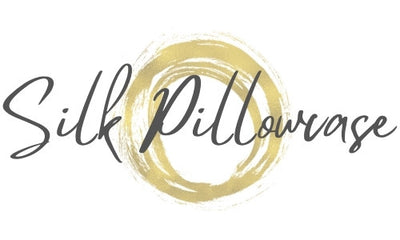White noise, pink noise or brown noise at night
Which do you prefer - machine noise, gentle natural sounds or powerful natural sounds?
So whether it’s the sound emitted by a dehumidifier or vacuum cleaner or a more natural sound such as light or heavy rain, why can white, pink or brown noise help you sleep better?
Really, it’s all about relaxation. Plus distraction from the kind of anxiety or stress that could keep you awake. Brown, pink or white noise can be of benefit to those with ADHD, as it can help to calm the mind. If you have tinnitus - or ringing in the ears - white noise can also help here as it can drown out the unwanted sounds.
Which will work for you is a matter of trial and error. The monotony of white noise works well for some, while others prefer the more natural tones of brown or pink noise. Pink noise is the more gentle of the two, and brown the more powerful.
Before putting one, two or all three to the test, it’s worth thinking about what helps you sleep. Can you nod off if a machine is humming in or close to the room? If the answer is yes, then white nose may suit you. If it's a no, brown or pink noise could be better options.
How do you sleep during strong winds, thunder or heavy rain? If the answer is very well indeed, then brown noise may be the best bet for you. When you find lighter rainfall or the rustling of the leaves on the trees more soothing, then pink noise might be the better choice.
White noise, pink noise or brown noise during the day
White, pink or brown noise can also benefit many people by day
It’s not only at night that brown, pink or white noise can be of benefit. Whether you’re working out or sitting at a desk in a busy office, using this sort of noise can help you to be more productive.
If you’re the sort of person who’s easily distracted by colleagues who are typing, talking on the phone or even eating lunch at their desk, then putting on some headphones and drowning out these sounds by using pink, brown or white noise may increase your productivity levels. Due to the lack of distractions and annoying sounds, this may also make you feel calmer.
The easiest - and cheapest - way to try it for yourself is simply to download a white, brown or pink noise app. Many are free. Apps such as White Noise Lite, Sleep Sounds and BetterSleep are even recommended by trusted sources like Sleep Foundation.
